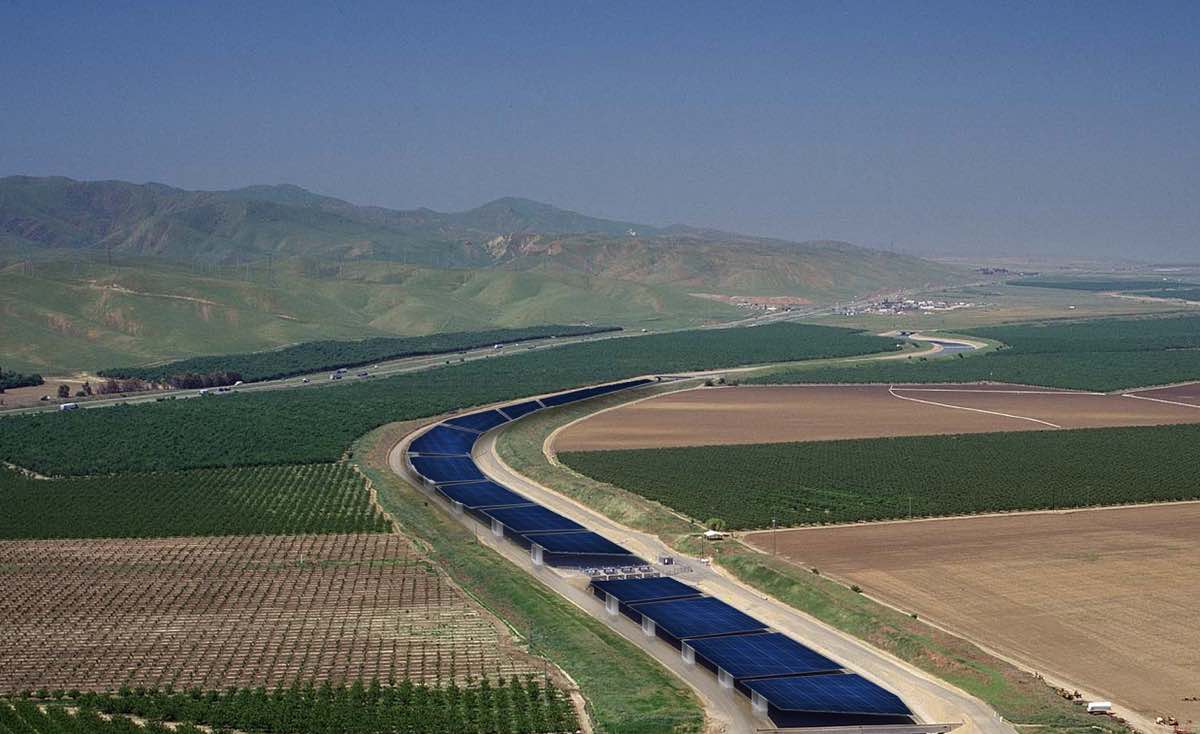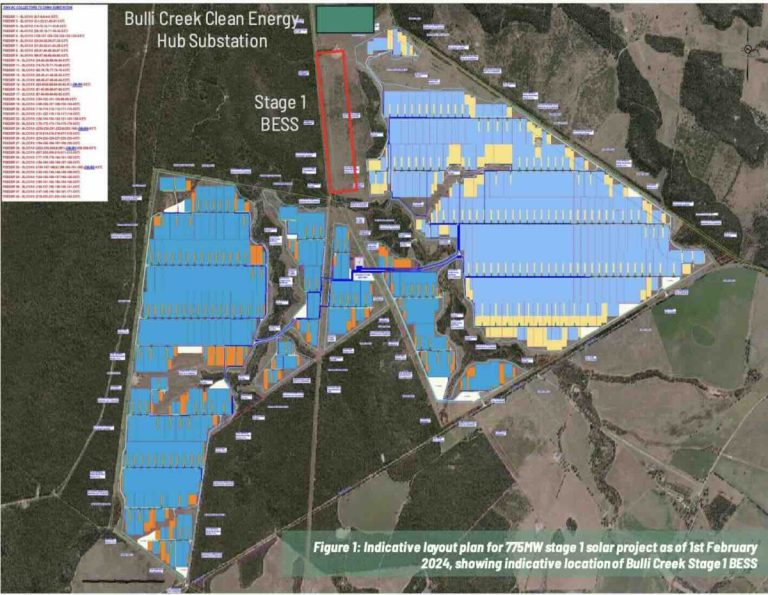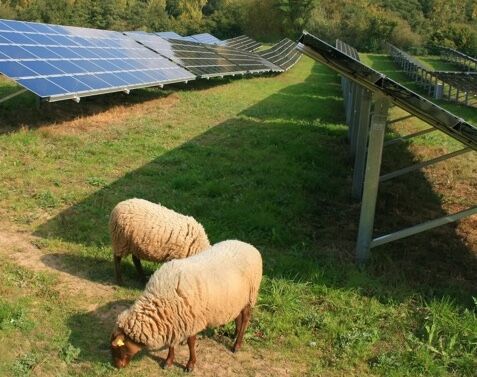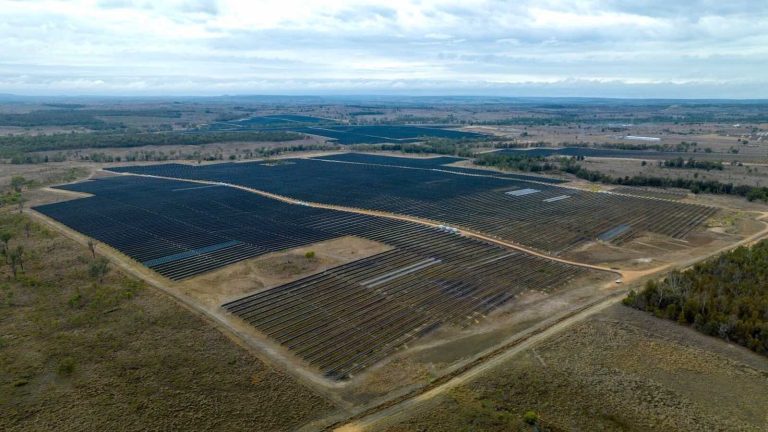Innovative Solar Expansion: Walls & Highways
Rooftop solar installations are on the rise globally, with utility-scale solar projects continuing to be a significant source of new energy production. However, recent studies have introduced new possibilities for expanding solar energy generation by exploring unconventional locations such as building walls and highways.
Vertical Solar Panels on Buildings
Two recent studies have shed light on the diverse applications of solar energy in our urban landscapes, beyond traditional rooftop installations. Researchers have proposed the use of innovative bifacial photovoltaic systems on building walls to maximise energy generation and offer additional benefits beyond clean power production.
An international team of researchers investigated the impact of deploying vertical bifacial PV systems on a large scale, compared to conventional solar panel setups. By orienting solar panels vertically on building walls, the study demonstrated an extended solar generation period that includes sunrise and sunset, making energy production more valuable and easily dispatchable.
The deployment of vertical solar systems was found to be a cost-effective and efficient option that could reshape the electricity sector, reduce land use competition, and mitigate integration challenges. The study highlighted the potential of vertical bifacial modules in increasing electricity grid injection, decreasing reliance on traditional energy sources like gas and nuclear power, and ultimately reducing the overall cost of the power system.
Solar Roofs Over Highways
Another groundbreaking study proposed the installation of solar PV roofs over the world’s major highways as a novel approach to solar energy generation. Researchers from the Chinese Academy of Sciences estimated that covering global highways with solar roofs could meet a significant portion of the world’s energy needs and substantially reduce carbon emissions.
With over 3.2 million kilometres of highways worldwide, the study suggested that solar highway roofs could generate a substantial amount of electricity, equivalent to a significant percentage of global energy consumption. By utilising already-developed land for solar power generation, this innovative approach could help decrease greenhouse gas emissions and contribute to a more sustainable energy future.
The research proposed installing polysilicon photovoltaic panels at a tilt over highway lanes to maximise energy generation. The extensive network of solar roofs over highways could not only generate vast amounts of electricity but also enhance highway safety by providing protection from adverse weather conditions, potentially reducing traffic accidents and associated economic costs.
These studies offer compelling insights into the potential of unconventional solar energy solutions to revolutionise the way we generate and utilise clean power. By exploring new avenues for solar deployment, such as vertical panels on buildings and solar roofs over highways, we can move towards a more sustainable and efficient energy landscape.

25-768x367.jpg)

65.jpg)


